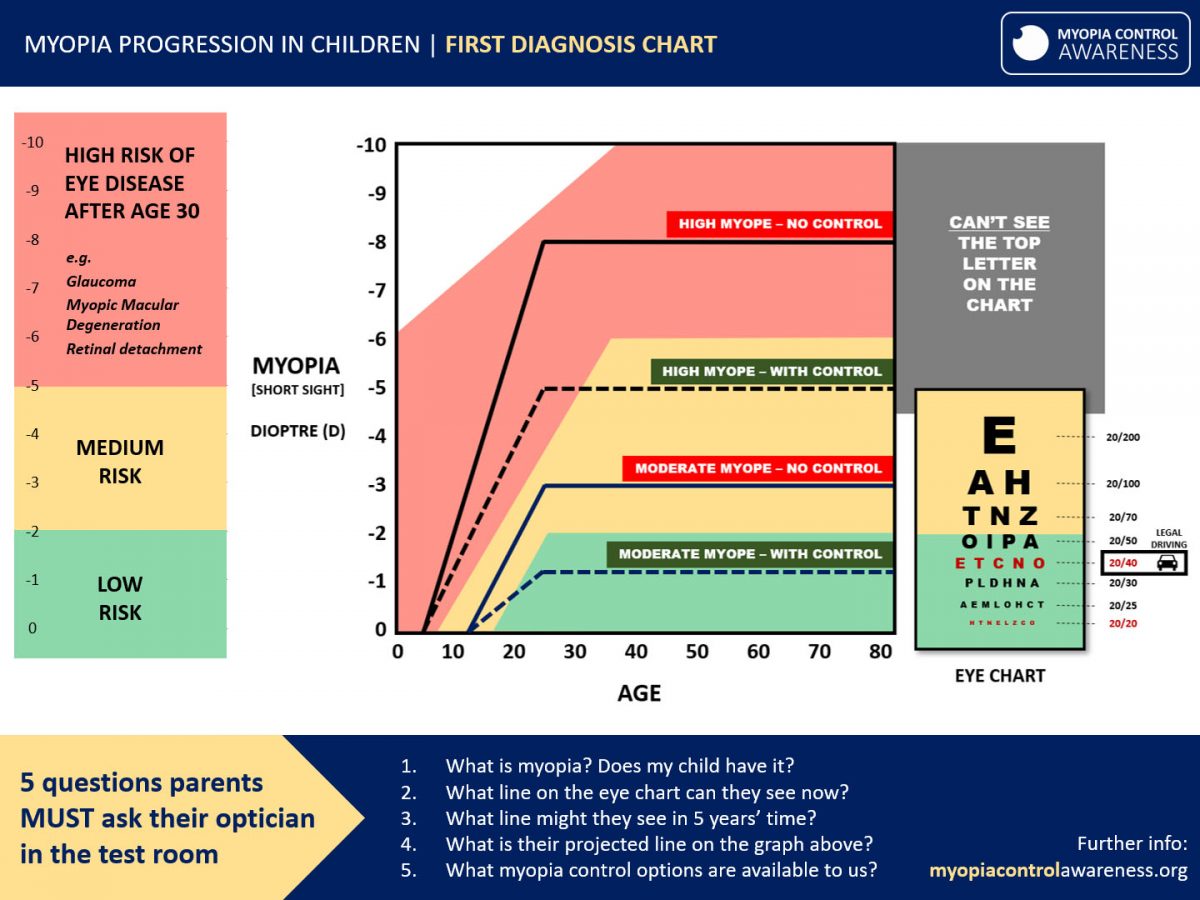Myopia Control
Myopia causes the eye to elongate, which makes the retina more prone to degeneration. Think of the eye like a camera – the retina is like the film, capturing what we see. If the retina gets damaged, it can lead to vision loss that can’t be fixed with glasses or surgery. In the worst-case scenario, it might result in partial vision loss or even blindness.
The good news is that you can now reduce the amount of Myopia in children. The chart below shows how EARLY CONTROL can lead to better vision for your child throughout their life, decreasing their risk of eye disease later on.
TRAFFIC LIGHTS & YOUR CHILD (on the chart above)
RED – High myopia. Start early for control
AMBER – Moderate myopia. Aim for the green zone
GREEN – This is the goal
AN ‘EYE TEST’ ASSESSES THE HEALTH OF THE EYE
Eye tests aren’t just about getting glasses. They play a vital role in assessing eye health. Considering that our kids are expected to live well into their 90s and beyond, it’s crucial to prioritize the health of their eyes! The RED ZONE indicates poorer eye health – as they get older, they might struggle to see the top line of the chart without correction, could have trouble driving, and face a higher risk of eye disease. Taking proactive steps now to keep them in the GREEN or AMBER zone will greatly benefit them as they age. Every Dioptre (a unit of measurement for the lens power of eyeglasses) counts. Addressing low myopia now leads to better vision in the future.
MYOPIA CONTROL | STARTING EARLY VS STARTING LATE
Starting Night Lenses early (age 9) was the best thing I ever did for my sons
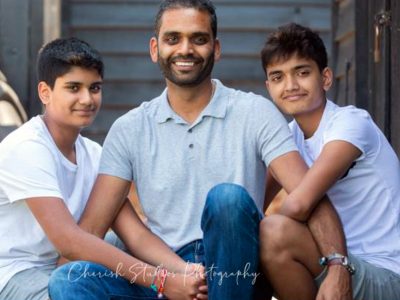
As a dad, deciding to start early and help my boys see well while reducing their risk of eye disease later in life was the best choice I ever made. As a clinician, myopia control in young people is truly one of the most rewarding parts of my work.
JAIMIN PATEL, OPTOMETRIST (& DAD)
My son (being taught to surf by me below) was in the RED ZONE, but control with night lenses from the age of 13 stabilized his vision and moved him into the AMBER ZONE. He’ll never reach the GREEN ZONE. Without early intervention, he has a 40% higher chance of eye disease (Glaucoma and Myopic Macular Degeneration) later in life compared to Jaimin’s son above.
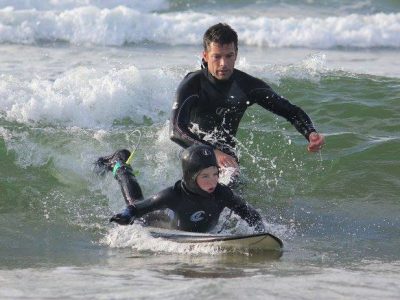
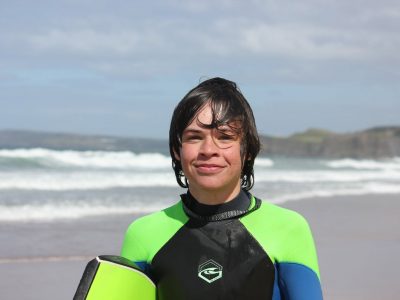
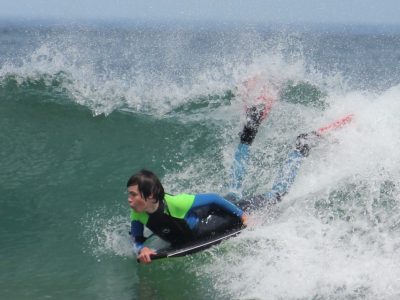
“Benjamin is nearsighted”
That’s what the optician told us. My wife and I didn’t think much of it. Nearsightedness isn’t a big deal, right? Benjamin was 8 years old. From ages 9 to 13, his vision dropped to -3.75 & -4.00. If his glasses fell off, he couldn’t see anything. As a passionate surfer, he couldn’t see the waves. He stopped playing sports, and his confidence suffered. It was heartbreaking.
We later found out that ‘Nearsightedness’ was just another term for the medical condition ‘myopia,’ and we were shocked to discover that as his myopia worsened, his risks of severe eye diseases later in life increased! Why didn’t anyone tell us this earlier?
At 14, he started using a myopia control device. Now, at 16, he’s stable and moving from RED to AMBER (upper dotted line). He’s back to being a happy and confident surfer – the transformation has been amazing!
I really regret not starting earlier to give him better vision and a better life. Jaimin’s son (mentioned above) had a similar experience to Benjamin. He started at age 9, while Benjamin began at 14, five years later. As they get older, Jaimin’s son will probably be able to see the 4th or 5th line down on the chart without help, getting close to the legal driving limit, and will have a low risk of eye disease. On the other hand, Benjamin will only see the top line and will have a moderate risk of eye disease. That’s the long-term impact of starting 5 years too late.
Thankfully, we did start myopia control, or else he wouldn’t be able to see the chart at all when he’s older, would likely need laser eye surgery, and would have a very high risk of eye disease.
I wish this advice had been available sooner. To parents reading this – take myopia control seriously and start early!
TOM GRIFFITHS, DAD

For more information about Myopia in children, Myopia Progression, and Myopia Control, visit myopiacontrolawareness.org. This non-commercial collaborative site helps parents ask the right questions and get accurate answers from their optician, empowering them to ensure their children have the best vision and a better life.

